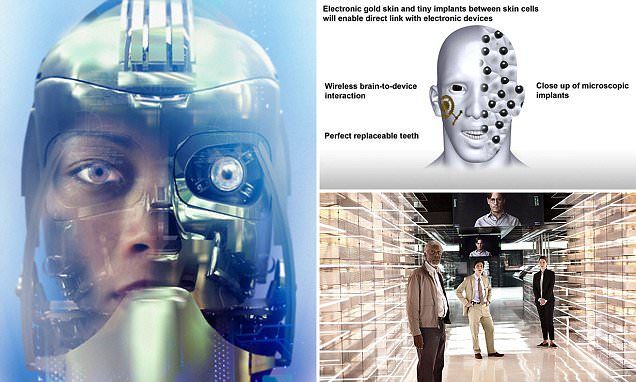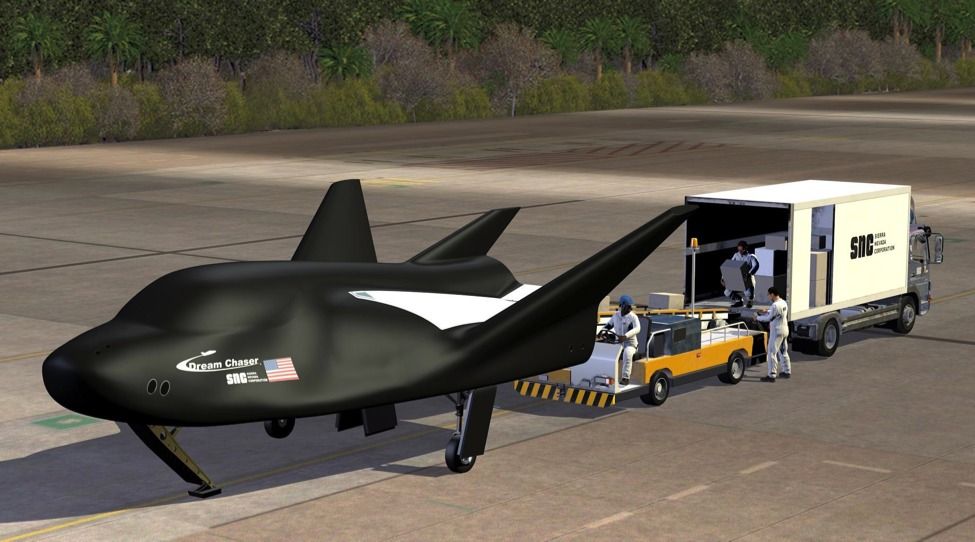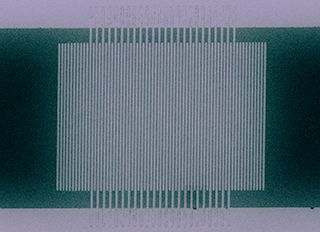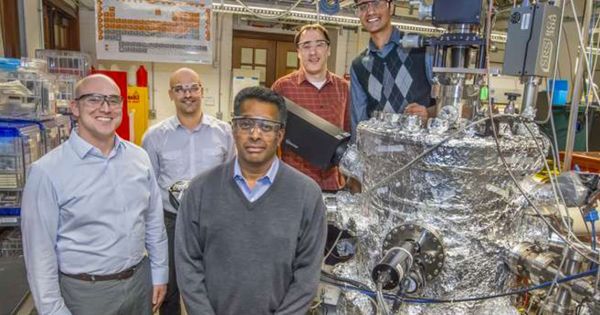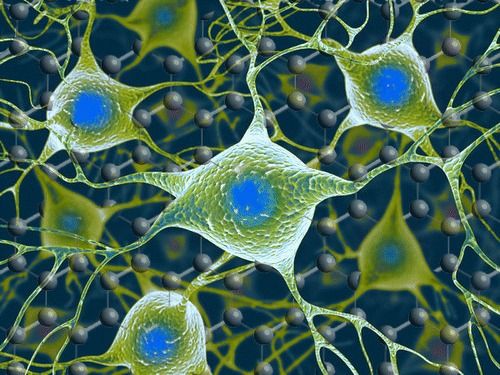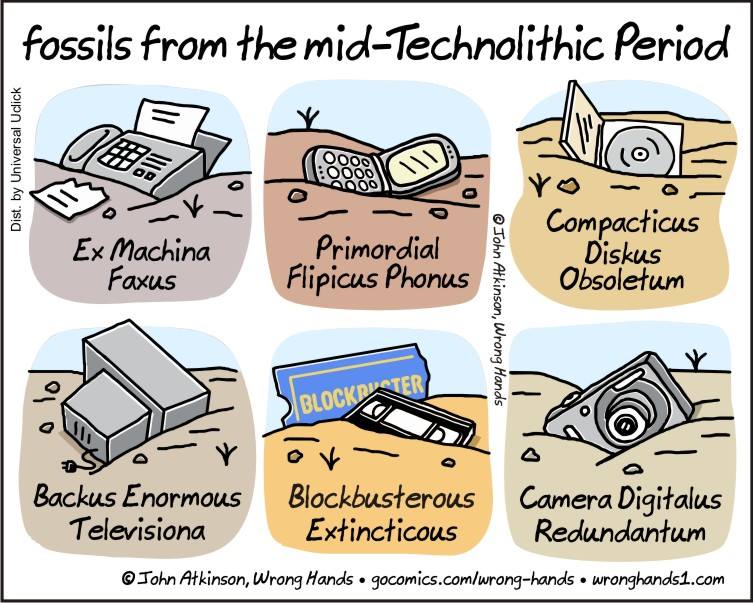A transparent material that can be attached to a smartphone’s touch screen could help the device generate electricity whenever anyone taps it, researchers in China say.
Touch screens are now found on most cell phones and tablet computers. Using a touch screen typically involves finger taps, and scientists at Lanzhou University in China reasoned that the mechanical energy from these motions could be converted into electricity to charge the phone’s batteries, which could significantly extend the working time of these portable devices.
The researchers developed a new material based on a transparent silicone rubber known as PDMS. Scientists embedded wires in this rubber that were made of lead zirconate titanate that were only 700 nanometers, or billionths of a meter, wide. For perspective, this is about 140 times thinner than the average width of a human hair. [Top 10 Inventions That Changed the World].

